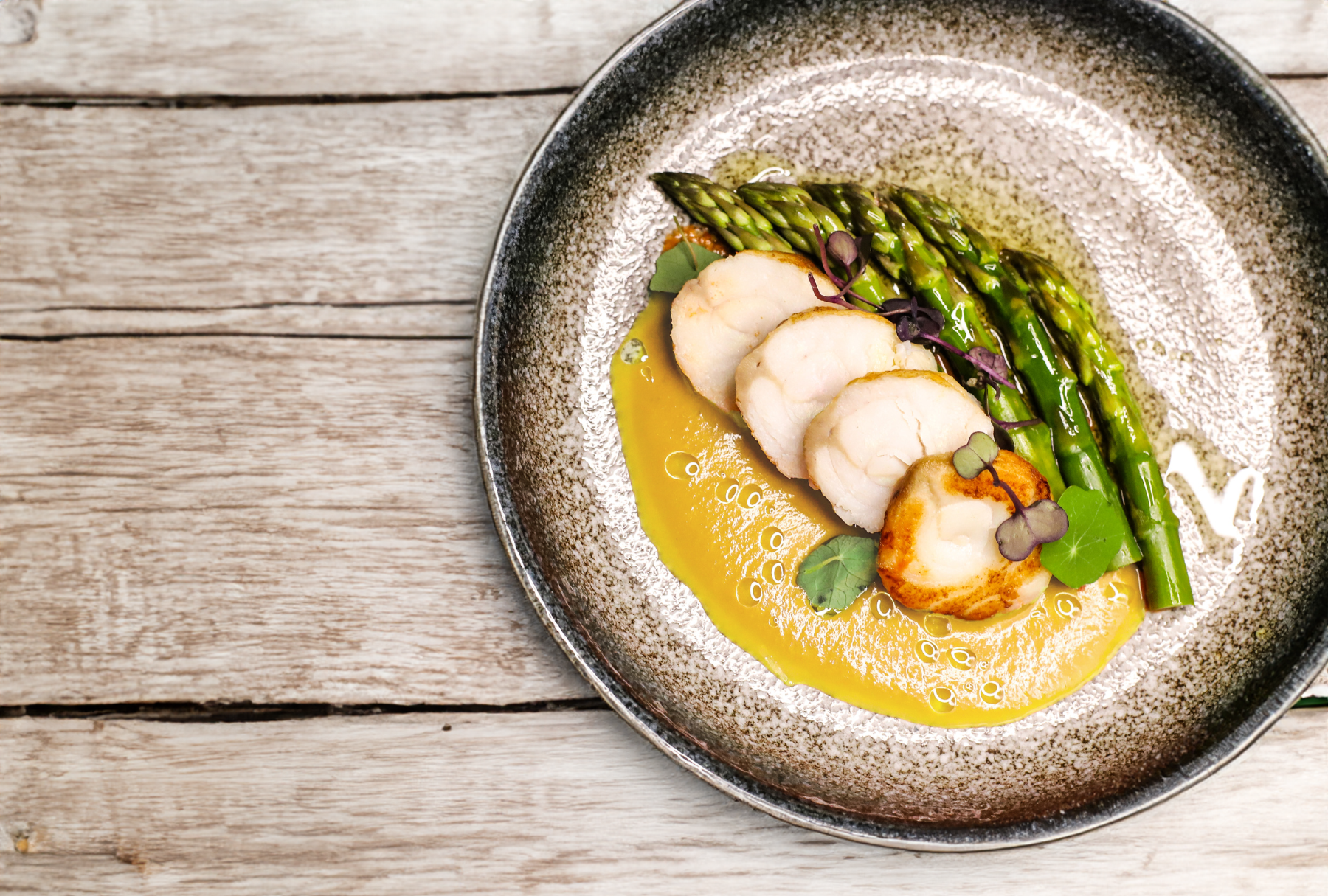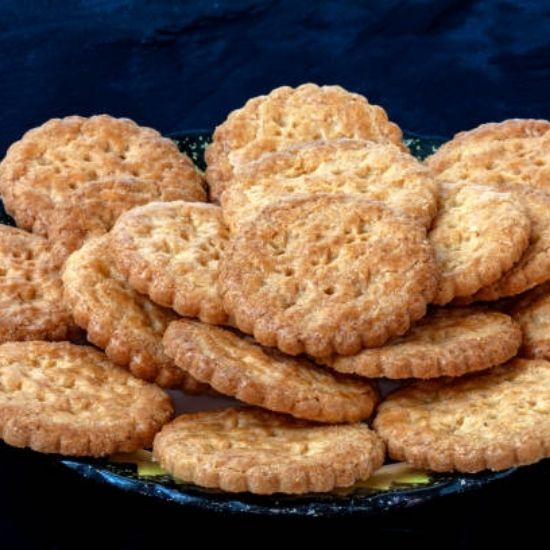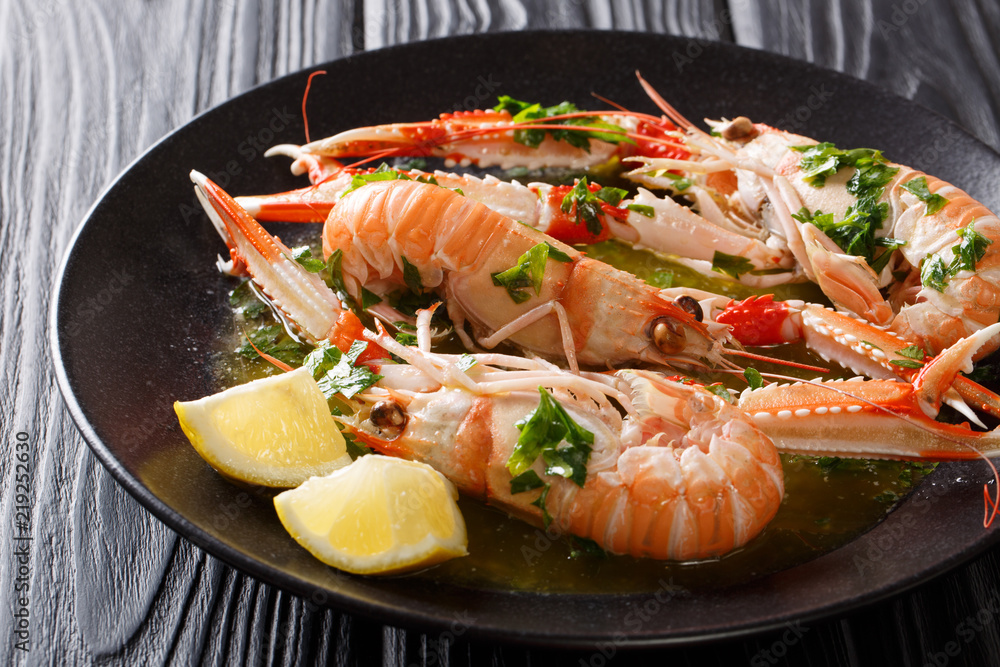Preheat a large skillet over medium-high heat.
Cut small slits in the skin side of the duck breast. The slits should be shallow without slicing all the way through into the flesh.
Season the duck e both sides with the salt and pepper
Sear the duck breasts, skin side down for 3 minutes.
Reduce the heat to medium-low and flip the duck breasts over, cooking them for an additional 4 to 5 minutes.
Transfer them to a plate and cover them with foil so they retain their warmth.
Pour off the rendered duck fat and turn the heat up to medium.
Deglaze the skillet with the honey and balsamic vinegar, scraping up the browned bits as the sauce cooks. Simmer the honey vinegar glaze for 2 to 3 minutes until it turns slightly thick.
Season with just a dash of salt.
Return the duck breasts to the pan, turning them a few times to coat them evenly with the honey glaze.
Carve and serve them immediately, garnished with a drizzle of extra glaze and the chopped nuts if desired.
Cook's TipsDuck magret is best-served medium rare, although this might not suit all palates. Pour the rendered duck fat into a clean container. Let it cool, refrigerate it, and save it for other culinary uses. It will keep for months and add a different flair to a variety of recipes, particularly potatoes. You can also use it to sear other meats, delivering a unique, extra kick of flavor.








